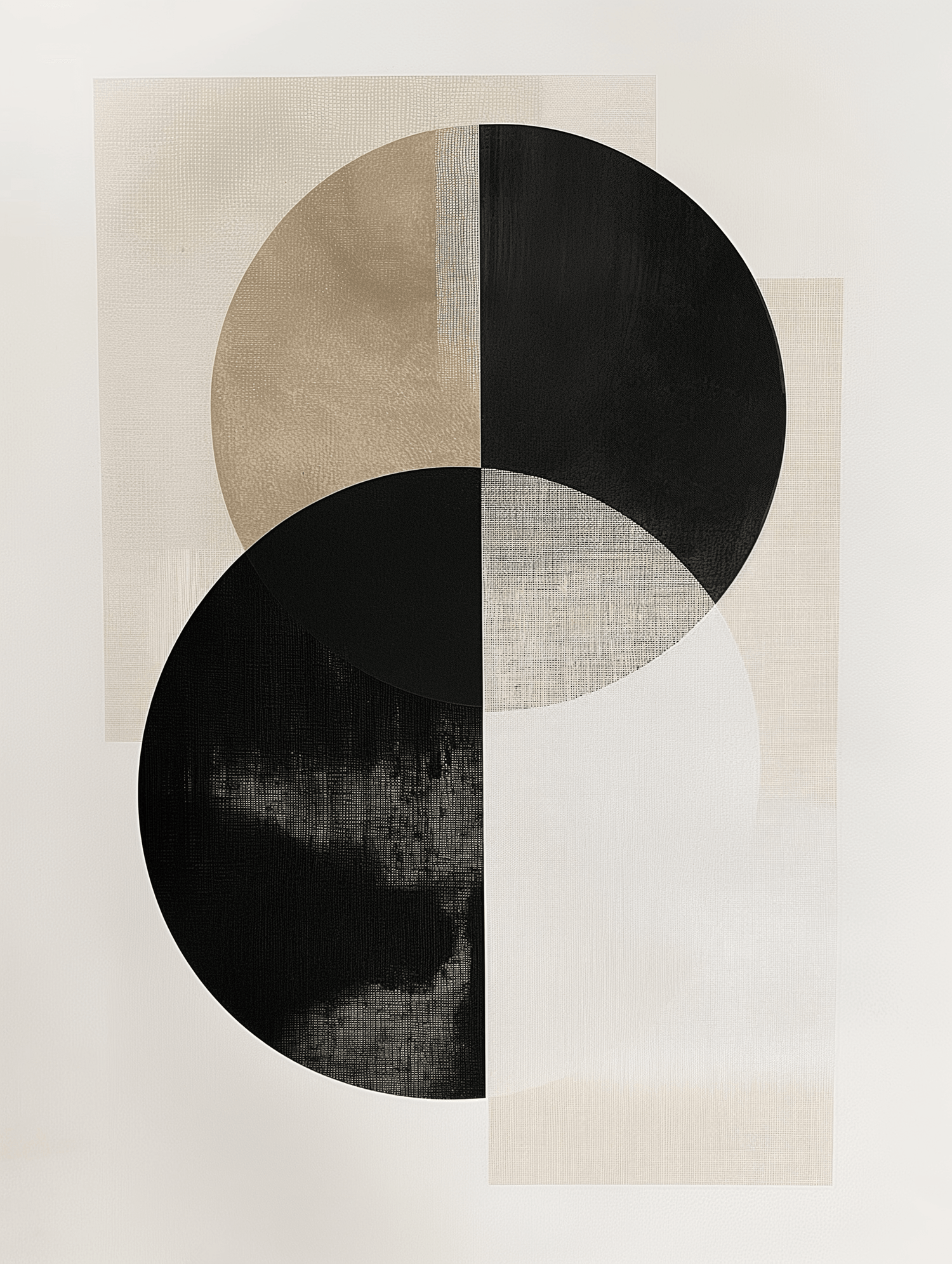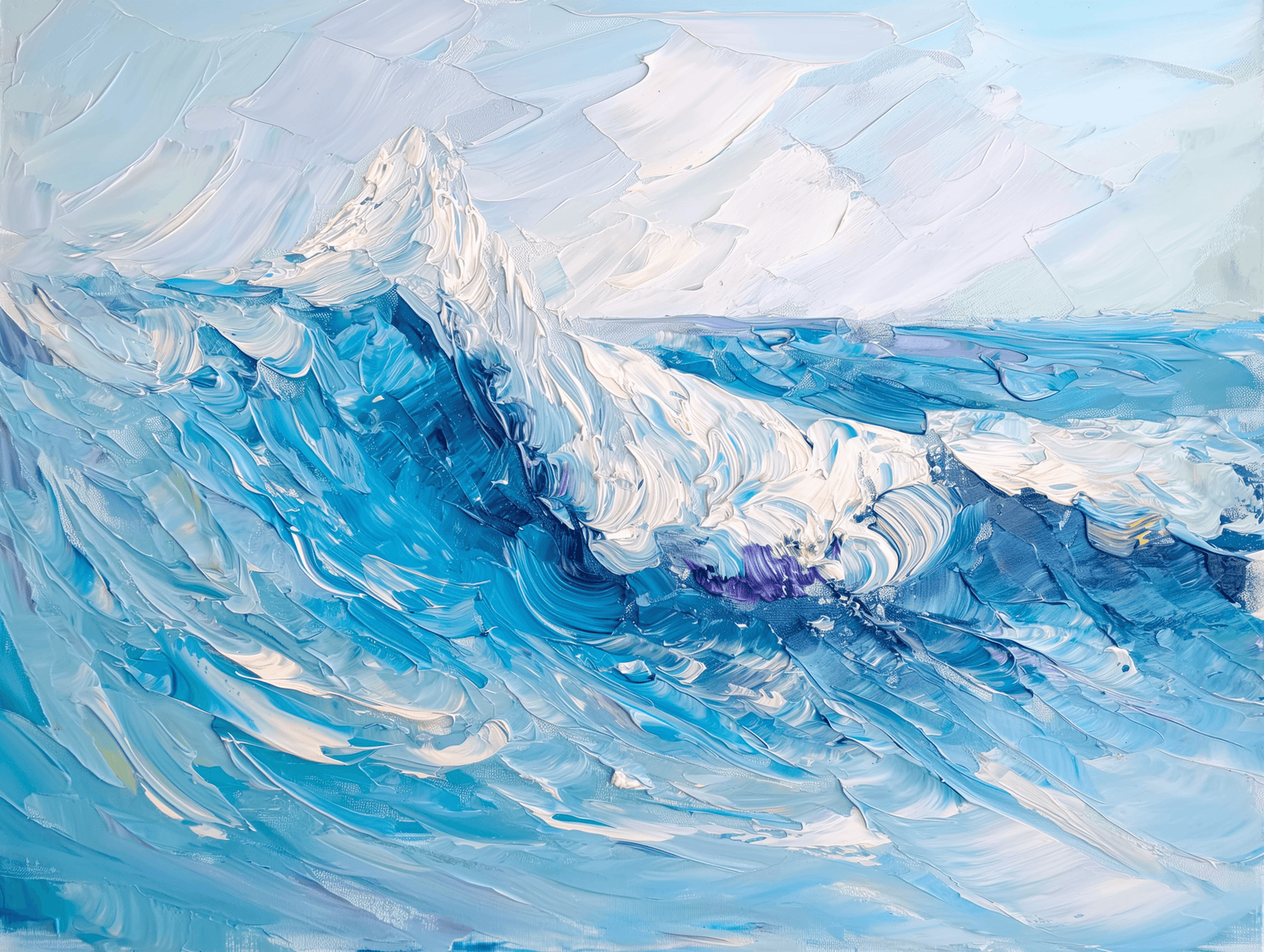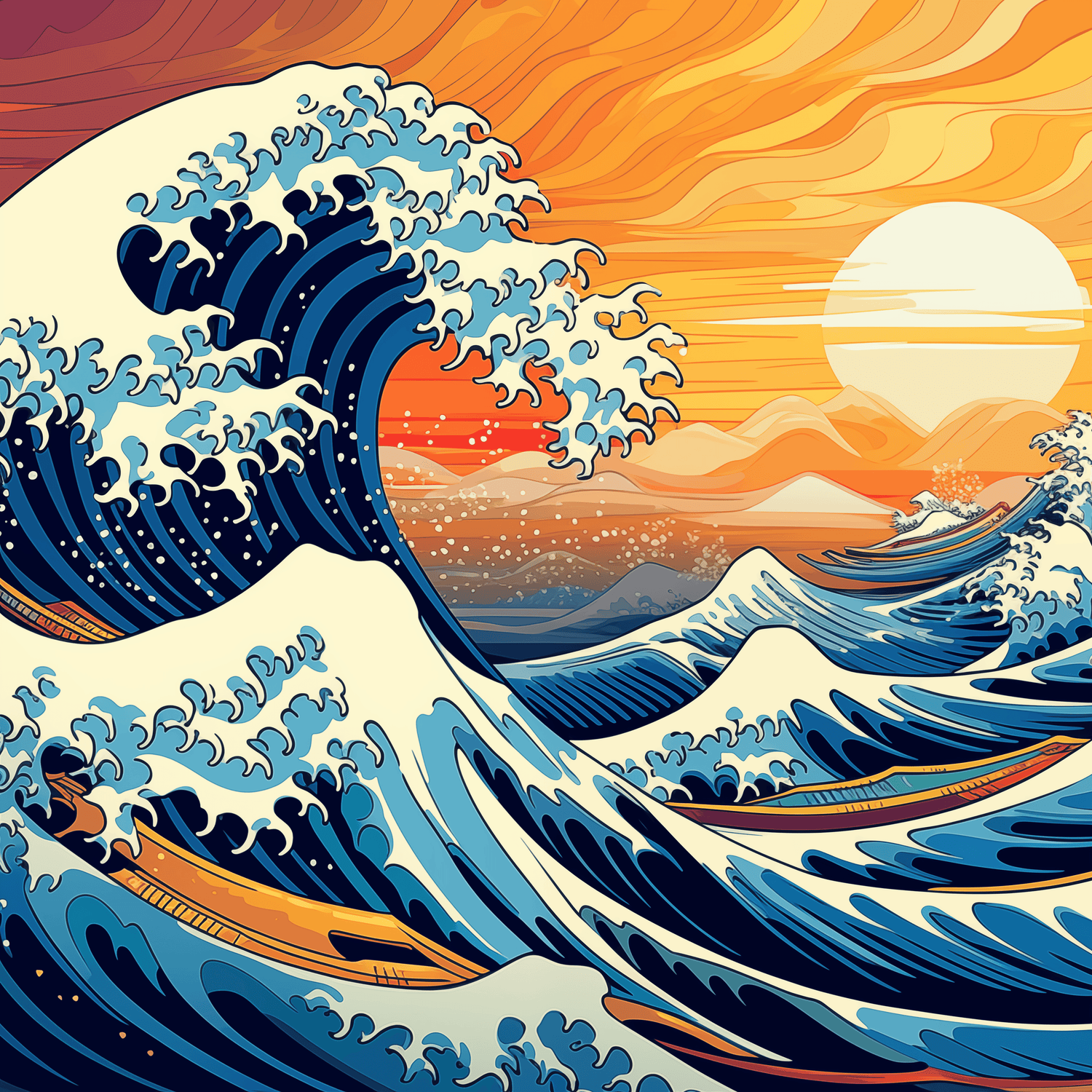Introduction
Expressionism is one of the most powerful and emotional art movements of the twentieth century. Unlike Impressionism, which sought to capture light and the fleeting moment, Expressionism focused on intense interior expression, using bright colors, distortions, and strong lines to convey deep states of mind. This style influenced not only painting, but also literature, film, and theater.
The Origins of Expressionism
The term "Expressionism" was born in the early 20th century, mainly in Germany, as a reaction to academicism and naturalism. Society was undergoing profound changes: industrialization, social tensions and the threat of war led artists to seek new ways to represent human anguish and emotion.
The first signs of this style are already found in artists such as Vincent van Gogh and Edvard Munch. Their use of bright colors and turbulent brush strokes to express feelings brings them closer to the expressionist spirit.
Main Features of Expressionism
Expressionism is distinguished by some fundamental characteristics:
- Strong and unnatural colors : bright, contrasting shades full of emotional meaning.
- Distortion of forms : figures deformed to convey anguish and inner states of mind.
- Energetic brushstroke : visible and vibrant pictorial sign.
- Dramatic subjects : disturbing portraits, alienating urban scenes, figures in existential crisis.
The Major Expressionist Artists
Edvard Munch
Munch is considered a precursor of Expressionism. His famous "The Scream" (1893) perfectly embodies existential anxiety through strong colors and wavy lines that seem to distort reality.
Ernst Ludwig Kirchner
Founder of the group Die Brücke (The Bridge), Kirchner painted frenetic urban scenes and elongated figures that convey restlessness and alienation, as in "Five Women in the Street" .
Wassily Kandinsky
One of the first artists to experiment with abstraction, Kandinsky saw color as a means of expressing pure emotion. His works, such as Composition VII , eliminate figurative representation to focus on the visual impact of color.
Egon Schiele
Schiele took Expressionism to a more psychological and provocative dimension. His portraits and nudes, characterized by broken lines and raw colors, explore human fragility.
Emil Nolde
With his vigorous brushstrokes and vibrant colors, Nolde created religious works and intense landscapes, evoking spirituality and energy.
Expressionism Beyond Painting
Expressionism also influenced cinema, with masterpieces such as "The Cabinet of Dr. Caligari" (1920), characterized by distorted sets and dreamlike atmospheres. Even in literature, authors such as Franz Kafka adopted a style that reflected alienation and existential unease.
Expressionism Today
The legacy of Expressionism is visible in many subsequent movements, from neo-expressionism to contemporary street art. Its impact is still strong and continues to inspire artists around the world.
Expressionism and Materico.it
Materico.it celebrates Expressionism with faithful reproductions that enhance the vigorous brush strokes and intense colors of artists such as Munch and Schiele. Thanks to the 3D effect, each work acquires a unique depth, restoring the original energy of the painting.









